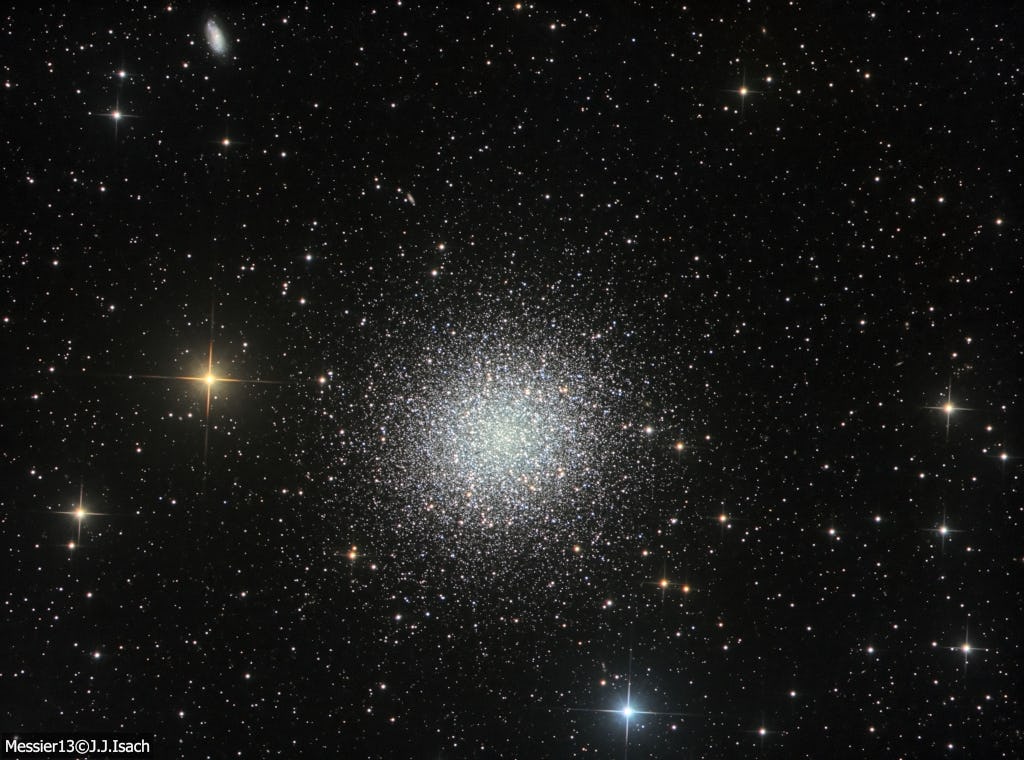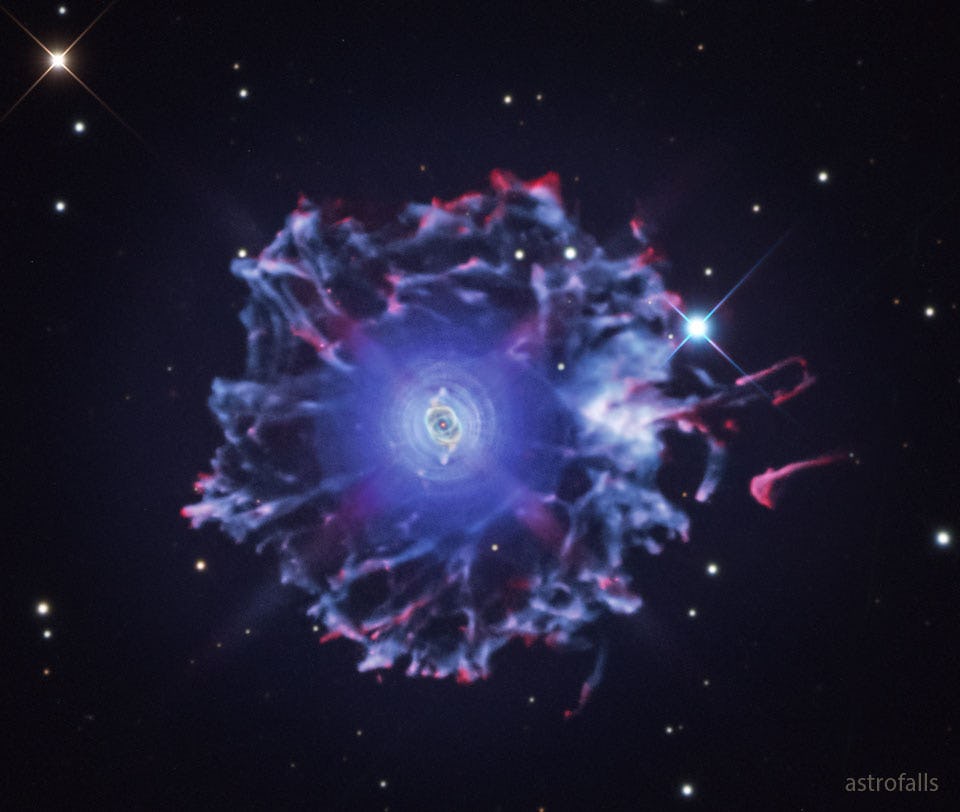“I’ve been a humor writer for 13 years – a source of unceasing embarrassment for my wife and daughters. Over the years, I’ve routinely received suggestions for what readers think would be a funny article for me to write about in my column. I’m grateful to the scores of people who have unselfishly submitted their ideas. I distinctly remember this one time when the suggestion was almost usable”.... Continue reading
Public Posts Seattle, WA Seattle, WA (zoom)
No matter where,
no matter when,
I will soon,
see you again.
The sadness of Dementia,
as it transforms into Alzheimer's,
is painful to see,
as a loved one changes
in front of me.
There is pain from memory lost.
She does not believe she has Dementia.
It was a given in the beginning.
She was aware and spoke of it.
Now she believes she is getting better,
she is not.
I wish there was a cure for this
terrible disease. Unfortunately, there
isn't and I'll continue to be with her.
Alone, he was,
within a crowd.
He spoke softly,
never was loud.
It was his
polite manner,
which distracted
from within,
his burning desire,
to succeed,
however, he
wanted to
be liked.
A contrarian
business model,
"You must be
short, don't
fraternize with
your coworkers"
at this he failed,
but he was happy.
A cry,
A wail,
A request
For love,
Come from
Others Far
From here.
NASA Astronomy Picture of the Day:
In 1716, English astronomer Edmond Halley noted, "This is but a little Patch, but it shows itself to the naked Eye, when the Sky is serene and the Moon absent." Of course, M13 is now less modestly recognized as the Great Globular Cluster in Hercules, one of the brightest globular star clusters in the northern sky. Sharp telescopic views like this one reveal the spectacular cluster's hundreds of thousands of stars. At a distance of 25,000 light-years, the cluster stars crowd into a region 150 light-years in diameter. Approaching the cluster core upwards of 100 stars could be contained in a cube just 3 light-years on a side. For comparison, the closest star to the Sun is over 4 light-years away. The remarkable range of brightness recorded in this image follows stars into the dense cluster core. Distant background galaxies in the medium-wide field of view include NGC 6207 at the upper left.
Photo by Joan Josep Isach Cogollos
When darkness
draws near,
'tis when
rises an old fear.
Fear lives
deep inside.
Fear of losing,
fear of failure.
Always try,
life changes,
you'll see why,
fear will
go elsewhere,
if you
will deny
and look
towards the
future and
another try.
Barren the branch,
no leaves appear.
Will they return?
Perhaps, next year.
To love,
to laugh,
to cry, again,
to feel,
to know
you have a friend.
To say
the words,
so often
not said,
"I love
you so"
is what
she spoke.
Stay here
with me,
one night,
more, for
I need
you more
then I
can say.
If you
cannot stay
anymore,
I will
show you
the door.
Goodbye love,
perhaps we
will meet
once again.
Unti then,
let us be
just friends.
NASA Astronomy Picture of the Day:
What created the unusual halo around the Cat's Eye nebula? No one is sure. What is sure is that the Cat's Eye Nebula (NGC 6543) is one of the best known planetary nebulae on the sky. Although haunting symmetries are seen in the bright central region, this image was taken to feature its intricately structured outer halo, which spans over three light-years across. Planetary nebulae have long been appreciated as a final phase in the life of a Sun-like star. Only recently however, have some planetaries been found to have expansive halos, likely formed from material shrugged off during earlier puzzling episodes in the star's evolution. While the planetary nebula phase is thought to last for around 10,000 years, astronomers estimate the age of the outer filamentary portions of the Cat's Eye Nebula's halo to be 50,000 to 90,000 years.
Photo by Bray Falls
"While many American students and their parents worry that the next mass shooting could happen at their school, schools are also facing a number of other threats that do not involve guns. Many of these threats are related to the mental health of educators and students" .... Read more
What happened to love?
What happened to fame?
Why has our life,
gone incredibly lame?
If you know the answer,
please tell me now,
for all of my feelings
I will not disavow.








.jpg?fit=crop&w=280&h=280&q=93)










.jpg?fit=crop&w=200&h=200&crop=faces)


 - Copy.jpg?fit=crop&w=280&h=280&q=93)














